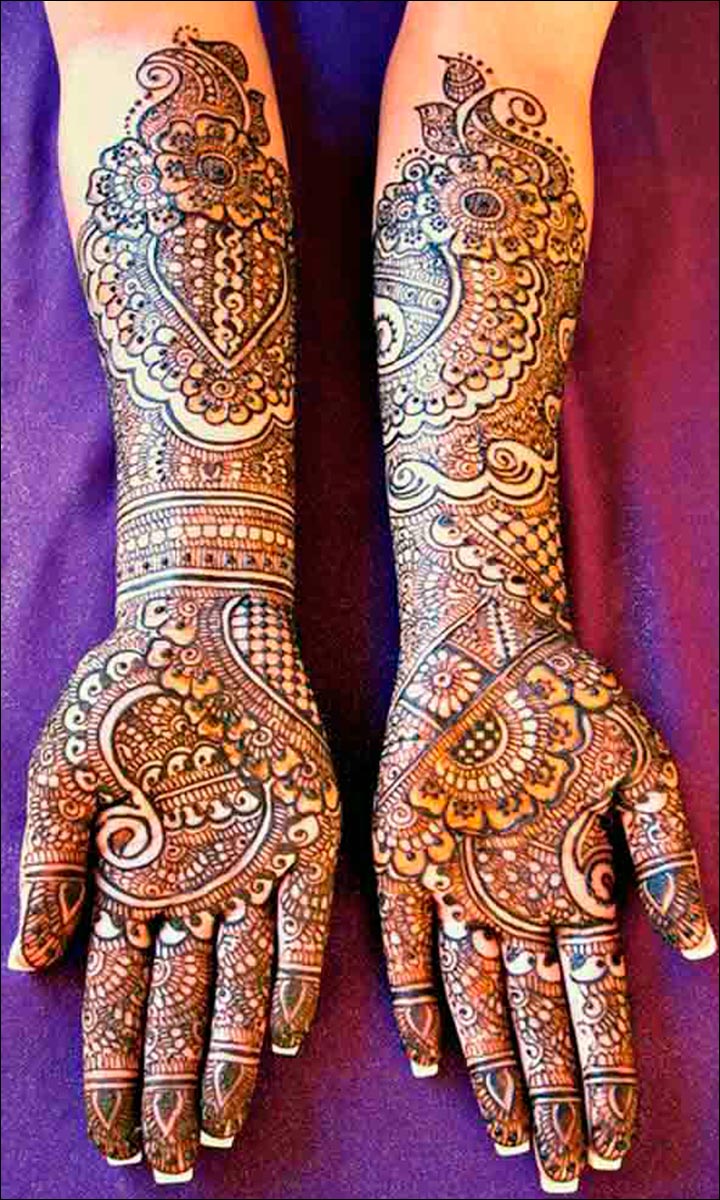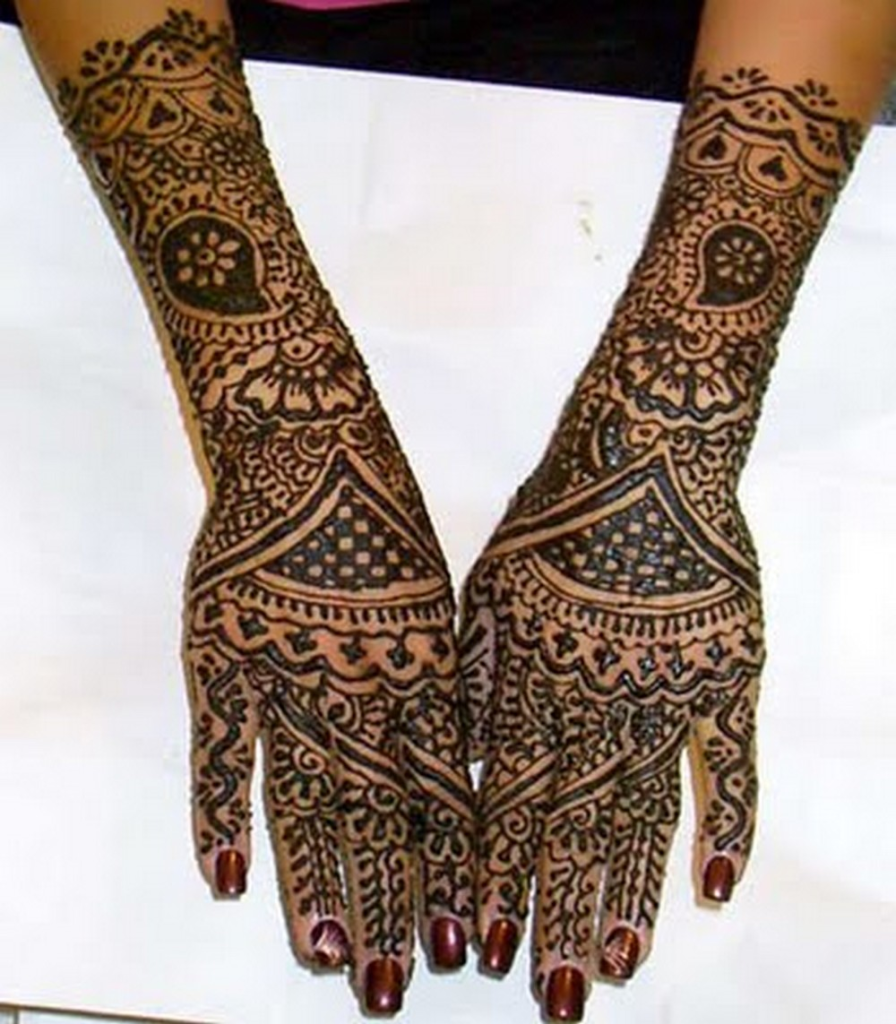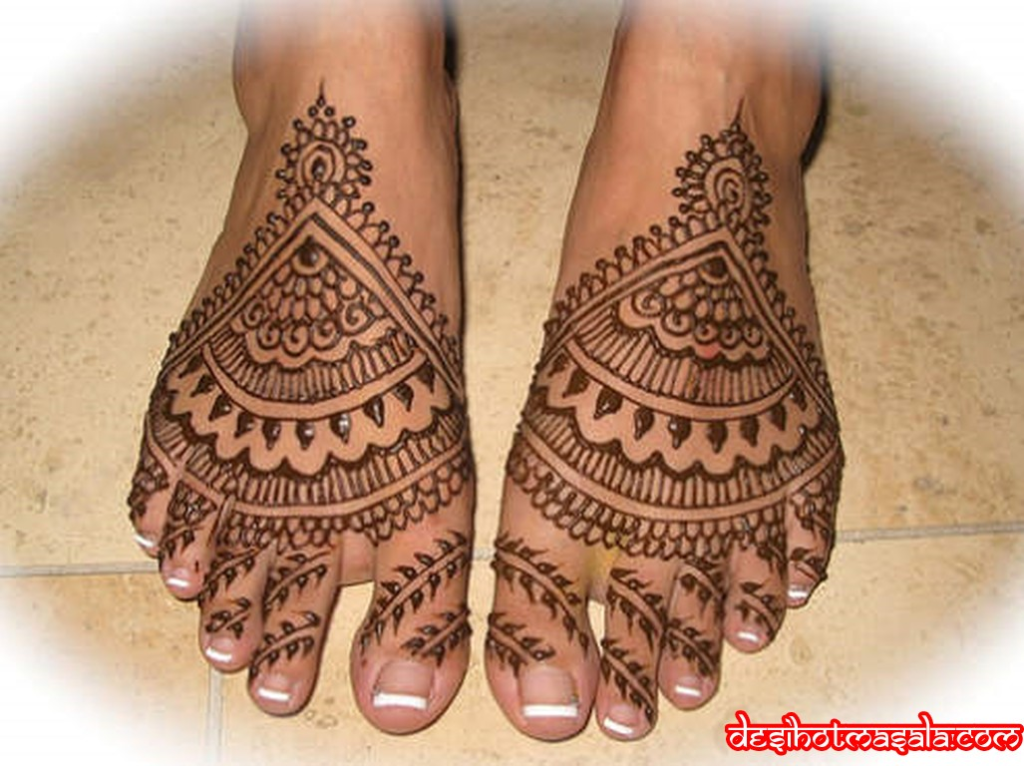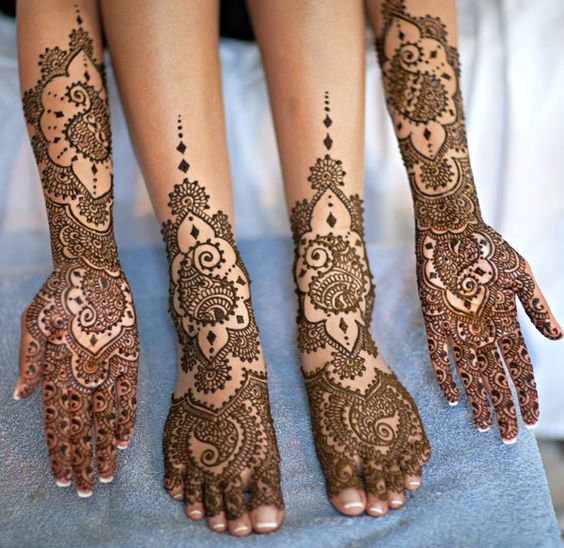ॐ श्री गुरुभ्यो नमः ॐ श्री शिवानन्दाय नमः ॐ श्री चिदानन्दाय नमः ॐ श्री दुर्गायै नमः
Source of all Images in this Blog-post : Google Images : ‘Google Image Search’ will reveal the multiple sources of every single image shared in this Blog. For more details, kindly see ‘Disclaimer‘
Introduction
In the colorful tapestry of Indian culture, Mehndi, or henna art, stands out as a beautiful and ancient tradition. This art form, deeply rooted in Indian history and customs, transcends mere aesthetic appeal, embodying cultural significance and creativity. Mehndi’s journey through time reflects not only the changing tastes and styles but also the enduring love for this unique form of body art.

The Origins and Cultural Significance
Mehndi’s origins trace back to the ancient times of the Indian subcontinent. Historical records and artifacts suggest that it was originally used for its cooling properties in hot climates, and gradually, it evolved into a decorative art.
Mehndi holds a special place in Indian traditions, particularly in weddings and festivals. The intricate designs symbolize joy, beauty, spiritual awakening, and offering. In weddings, the Mehndi ceremony is not just a pre-wedding ritual but a meaningful gathering, symbolizing the bond between families and the beauty of marriage.

Mehndi: Roots in Ancient Vedic Traditions
Origin and Significance in Vedic Rituals
The word ‘Mehndi’ is derived from the Sanskrit term ‘Mendhikā’, reflecting its deep roots in ancient Indian traditions. The use of Mehndi, along with turmeric, is intricately described in the earliest Hindu Vedic ritual books, showcasing its long-standing significance in Indian culture.
Both Haldi (the practice of applying turmeric paste) and Mehndi are considered Vedic customs, deeply entrenched in spiritual and cultural practices. These customs are not merely ritualistic but are centered around the profound concept of ‘awakening the inner light.’
This philosophy underscores the belief that these practices are more than physical adornments; they are symbolic acts of purifying and preparing oneself for life’s significant stages, particularly in the context of marriage. The application of Mehndi and Haldi in these rituals is believed to bless individuals with good health, prosperity, and spiritual well-being, aligning with the Vedic focus on inner enlightenment and harmony.
The Art and Its Evolution
The true beauty of Mehndi lies in its intricacy and the skill of its application. Traditional designs include floral patterns, peacocks, paisleys, and fine lines, often incorporating symbols and motifs significant to Indian culture. Over time, Mehndi artists have infused contemporary elements and creativity, leading to an ever-evolving array of designs. Today, Mehndi art ranges from traditional intricate patterns to modern minimalistic styles, demonstrating the versatility and adaptability of this art form.

Materials and Techniques
Mehndi is made from the henna plant, Lawsonia inermis. The leaves are dried and ground into a fine powder, mixed with water, oils, and sometimes lemon juice to create a paste. The application process requires steady hands and immense patience. The paste is usually applied with a cone or a small stick, and after drying, it leaves a reddish-brown stain on the skin, which fades over time. The color and longevity of the stain depend on the quality of henna used and the duration the paste is left on the skin.

The Modern Mehndi Scene
In recent years, Mehndi has gained international fame, transcending cultural and geographical boundaries. It’s not uncommon to see Mehndi-inspired designs in fashion, art, and even tattoos worldwide. The internet and social media have played significant roles in this global spread, with Mehndi artists showcasing their stunning creations online, inspiring a whole new generation of enthusiasts and artists.

Personal and Social Impact
Beyond its beauty, Mehndi has a profound personal and social impact. For many, it’s a medium of self-expression and creativity. In social contexts, Mehndi gatherings are moments of joy, bonding, and celebration. The process of applying Mehndi can be therapeutic and meditative, offering a moment of calm and reflection amidst the hustle of life.

Cultural Celebrations with Mehndi
Henna in Festive and Wedding Celebrations
Henna, a symbol of joy and auspiciousness, is typically applied during special occasions such as weddings and significant festivals in both Hindu and Muslim traditions. In Hindu festivals like Karva Chauth, Diwali, Bhaidooj, and Teej, women adorn their hands and feet with intricate Mehndi designs as a mark of celebration and good fortune.
These festivals, each with its unique significance, see Mehndi as a central element of female adornment, enhancing the festivity’s spirit. Similarly, in Muslim culture, Eid celebrations are often accompanied by the application of Henna, signifying joy and festivity.
During these occasions, Mehndi serves not only as a decorative art but also as a communal activity, bringing women together in a shared experience of beauty and tradition. This age-old practice transcends mere decoration, embodying blessings, good luck, and the joyous essence of the celebrations.

Historical Significance of Henna in Bridal Traditions
Henna: A Bridal Ornament in Indian Weddings
Historically, Henna was primarily used as a form of decoration for brides in India, holding a place of honor in Indian matrimonial traditions. This ancient art form was much more than an aesthetic choice; it symbolized the deep-rooted cultural values and the commencement of a new phase in a woman’s life.
The intricate patterns and designs applied to the bride’s hands and feet were believed to bring good luck, happiness, and prosperity to the newlyweds. These designs, often elaborate and detailed, were not just decorative but also laden with symbols and motifs representing love, fertility, and blessings.
The practice of adorning brides with Henna in Indian weddings has been a timeless ritual, passed down through generations, and remains an integral part of the Indian bridal experience. This custom not only enhances the beauty of the bride but also serves as a ceremonial way of marking the transition from maidenhood to marriage, making Mehndi an indispensable element of Indian weddings.

Global Popularity of Mehndi as ‘Henna Tattoos’
Mehndi’s Fashionable Rise in the Western World
In the late 1990s, Mehndi decorations saw a surge in popularity in the Western world, where they were often referred to as ‘henna tattoos.’ This trend marked a significant cultural crossover, as the traditional Indian art form was embraced by a global audience. Unlike permanent tattoos, these henna designs are temporary, appealing to a broader demographic fascinated by its exotic and intricate nature.
Western adoption of Mehndi often focused on its aesthetic appeal rather than its cultural or spiritual significance. The art form’s versatility and the allure of its non-permanence made it a popular choice at festivals, fashion shows, and even in everyday wear.
The global fascination with Mehndi highlighted the beauty and artistry of this ancient practice, showcasing its ability to transcend cultural boundaries and become a celebrated form of body art around the world.




Conclusion
Mehndi, the ancient art of henna painting, is a testament to India’s rich cultural heritage. Its journey from a traditional art form to a modern symbol of beauty and creativity mirrors the dynamic nature of Indian culture. Mehndi remains a cherished art, continuing to enchant with its beauty, intricacy, and deeply rooted cultural significance. As it evolves, Mehndi continues to capture hearts, not just in India but across the world, weaving a timeless tale of art, tradition, and endless creativity.
